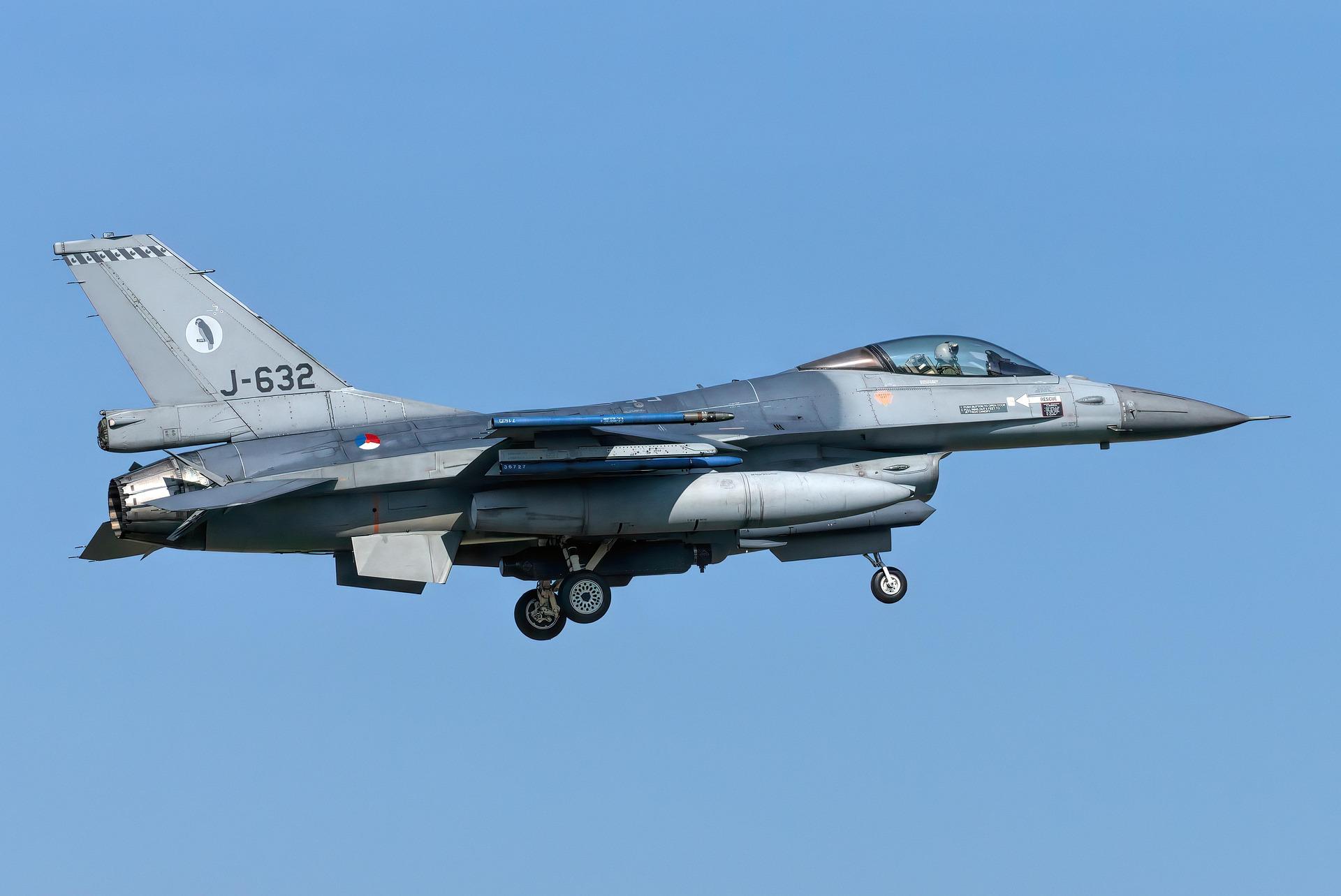
For a fighter jet that symbolizes the peak of Western military aviation, the F-35B’s current situation in India paints a very different picture — one of silence, embarrassment, and technical failure. Touted as the most expensive and high-tech stealth fighter in the world, the F-35B has now been grounded for over two weeks at India’s Thiruvananthapuram International Airport. Dust gathers under its wings while questions grow louder in defense and diplomatic circles. So, what really happened?
From Skies to a Standstill
It all began when a British Royal Navy F-35B jet, part of the HMS Prince of Wales Carrier Strike Group, participated in a joint naval exercise with India. On its way back, the jet was supposed to land on its British aircraft carrier. However, due to bad weather, the pilot made an emergency landing at Thiruvananthapuram airport in Kerala. At first, everything proceeded smoothly. India swiftly granted Foreign ATC clearance, activated the runway, and facilitated a safe landing for the jet.
But what followed exposed the fragility behind the sheen of a trillion-dollar defense project. Within hours of landing, the F-35B experienced a major technical fault. British Navy engineers tried to diagnose and repair it on-site, but the problem turned out to be too severe. Consequently, a specialized engineering team and equipment had to be called in all the way from the United Kingdom. Weeks later, that team is still awaited, and the aircraft remains stranded in India — grounded, idle, and non-operational.
A Super Jet That Can’t Be Fixed?
News outlet NDTV approached the British High Commission for clarification. Their official statement was underwhelming, merely confirming what was already known: bad weather forced the landing, and the aircraft developed an engineering issue on the ground. They added that a technical crew and equipment were being dispatched from the UK, but gave no specific timeline for repairs.
This delay has exposed a critical vulnerability. How can a platform that costs billions and is promoted as a globally deployable war asset be so delicate that it cannot be serviced outside UK soil? Even Air India offered its hangar facilities for the repair, but the Royal Navy declined due to concerns over technology leaks. That decision raises another question — is this an advanced military aircraft or a fragile toy that can only be touched by its original creators?
India Stepped Up, But Technology Let Down
It is crucial to acknowledge India’s quick and efficient support. The Indian Air Force, Navy, Airport Authority, and other logistical arms worked seamlessly to accommodate the emergency landing. India provided full runway access, safety protocols, and ground support. Yet, two weeks on, the jet hasn’t moved an inch — not because of India, but because of its own manufacturer’s limitations.
Now imagine if this were an Indian Tejas or Sukhoi aircraft stranded in the UK. Would Western media have treated the situation with the same casual tone? The answer is obvious. The Western narrative often glorifies its own defense technologies while questioning others. But this incident puts a spotlight on the other side — the shortcomings of even the most expensive programs.
F-35: Most Expensive, But Is It Reliable?
The F-35 program has already crossed a staggering $1.7 trillion in lifetime cost — making it the most expensive weapons program in history. Yet this incident in India reveals a core problem: a jet that’s supposed to dominate in air supremacy can't take off for weeks due to a ground fault. How viable is this technology in actual wartime scenarios where maintenance delays of hours — let alone weeks — can be fatal?
There’s no denying the F-35’s technical brilliance on paper — stealth, speed, and sensors. But defense technology must also be rugged, reliable, and ready. If a jet can be grounded for weeks due to an on-ground glitch and cannot be serviced in the very country that helped it land safely, then what use is its superiority?
India’s Rise in Defense Tech
While the F-35 silently sits in India, the global perception of India’s own defense technology is quietly shifting. Indigenous programs like the HAL Tejas, BrahMos missile, and ongoing stealth fighter projects are increasingly being recognized for their cost-effectiveness, reliability, and self-reliance. India is walking the path of building robust and accessible defense systems — a route that values sustainability over sensationalism.
A Silent Defeat in Peacetime
The F-35B didn’t lose in battle. Its biggest embarrassment happened during peace — in the calm, accommodating environment of India’s airspace. And that might just be the most telling part of the story. True technology isn’t just expensive or flashy; it’s dependable, replicable, and sovereign.
So now, the question isn’t whether the F-35 is advanced. The real question is — is it dependable?
Disclaimer:
This article is based on publicly available news sources and official statements. The information presented aims to provide an analytical view on the situation involving the F-35B jet in India. We do not intend to target or disrespect any nation, defense force, or manufacturer. All views expressed are for informational and discussion purposes only.




